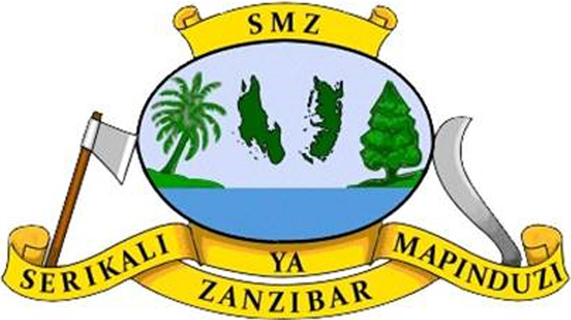Subject and Topic
Description
Outcomes
In this course you will learn about:
- Archimedes discovery.
- Why some objects float and others sink.
- Buoyant force.
- Archimedes principle.
Language
English
Resource Type
Publication Date


